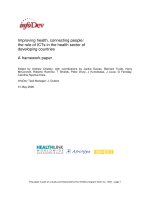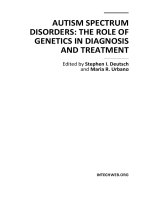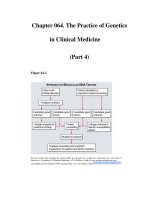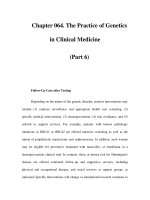THE ROLE OF SURGERY IN HEART FAILURE - part 5 pot
Bạn đang xem bản rút gọn của tài liệu. Xem và tải ngay bản đầy đủ của tài liệu tại đây (265.74 KB, 1 trang )
retrograde cardioplegic delivery as the strongest
independent predictor of in-hospital mortality
[46].
Warm cardioplegia may resuscitate ischemic
myocardium if it can be delivered uniformly but
intermittent discontinuation to permit visualiza-
tion of distal anastomoses can result in ischemic
anaerobic metabolism [47]. The Toronto Group
has reported that blood cardioplegia at 29
C
(so-called ‘‘tepid cardioplegia’’) can reduce lactate
acid production compared with warm (37
C)
cardioplegia. This treatment resulted in better
contractile function compared with cold (10
C)
blood cardioplegia [48]. Others have suggested
that patients who have unstable angina or
prolonged preoperative ischemia may deplete
metabolic reserves and benefit from substrate-
enhanced cardioplegia with Krebs Cycle interme-
diates, such as glutamate, malate, succinate, or
fumarate [49]. Patients who have diabetes have
diffuse atherosclerotic disease, which may limit
cardioplegic distribution and prevent complete
revascularization. Some authors therefore recom-
mend both antegrade and retrograde infusions
[50]. The rationale is that the different approaches
perfuse different myocardial territories and that
the combination may provide more homogeneous
cardioplegia delivery.
The management of patients at risk for low
cardiac output syndrome
Three categories of patients are at substantial
risk. First are those who present urgently for
surgery, already in cardiogenic shock, often with
a complication of myocardial infarction or in-
fective endocarditis. Second is the group
Fig. 2 (continued)
165
MAXIMIZING SURVIVAL POTENTIAL IN CARDIAC SURGERY









